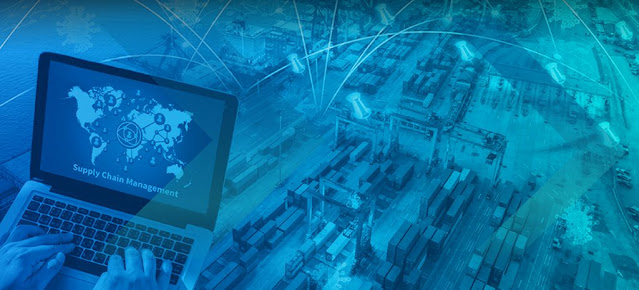4 Ways to Keep-up with Digital Transformation in Supply Chain

As per a recent survey conducted by Forbes Insights, “65% of logistics, supply chain, and transportation executives acknowledge the necessity to revamp existing models and add flexibility to business operations in order to ensure omnichannel delivery, reduce costs and meet the ever-shifting consumer demand.” Well, these statistics are testimony about the rapid transformation that the supply chain industry is experiencing and most of it has to go with the digital revolution. Hence, it becomes all the more evident why having a proper strategy for digital transformation is necessary and how one can easily adopt and adapt to it. Here are the four ways that are indispensable in the modern age supply chain industry that help one keep up with digital transformation. Smart Automation : In the new wave that is digitalizing everything, the expanse of automation has grown manifolds. And, the tech behind this revolution is IoT. While hardware accounts for most of the IoT technology today, anal




